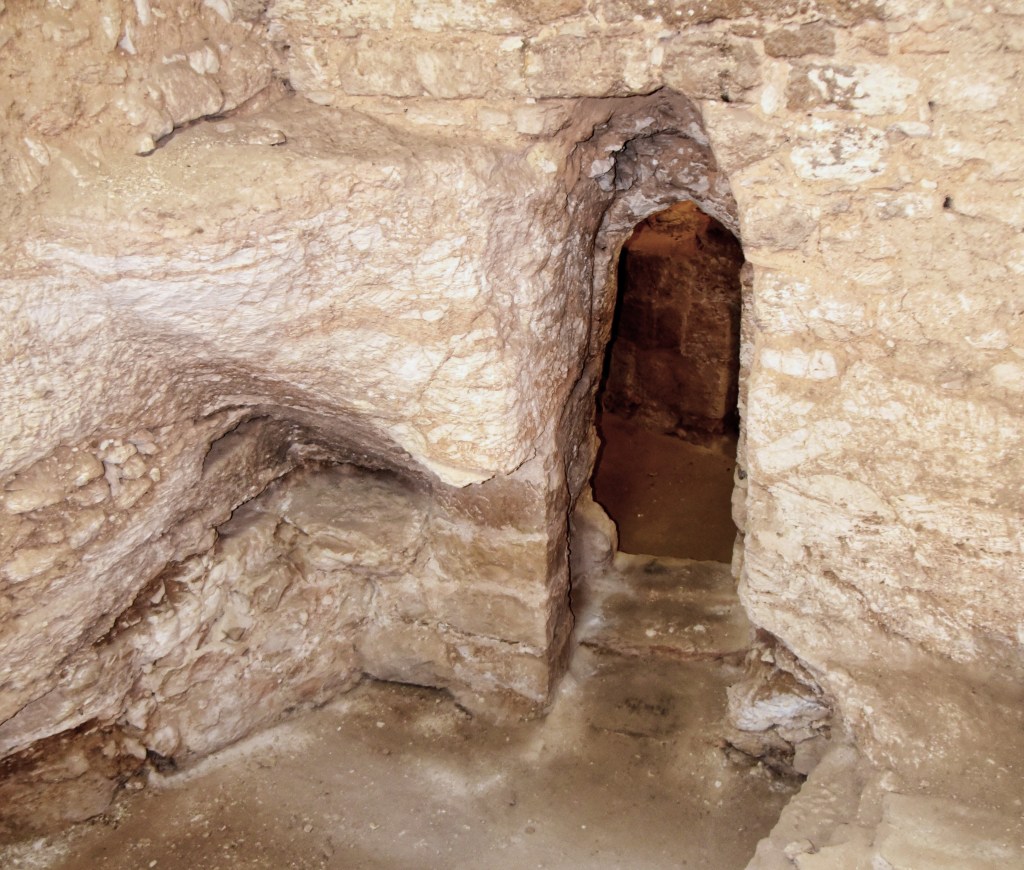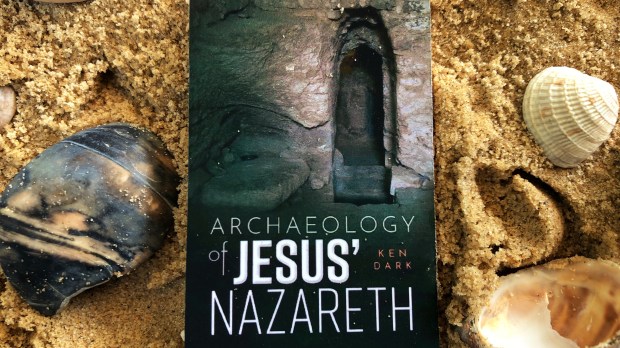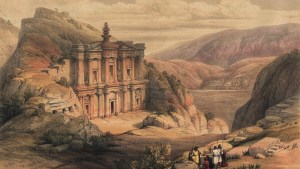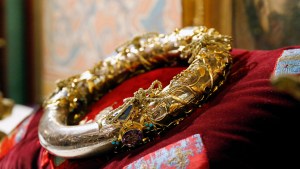Pilgrims and tourists who visit Nazareth are familiar with the Church of the Annunciation, the spot where tradition says that the angel Gabriel appeared to Mary. According to travelers’ accounts from Late Antiquity, another equally holy site stood nearby — the Church of the Nutrition, said to have been built over the remains of the house where Joseph and Mary raised Jesus. It supposedly held St. Joseph’s tomb as well.
In 1263, however, the Crusader knights guarding the church were vanquished by troops sent by the Sultan of Egypt. The Church of the Nutrition was razed to the ground and for 800 years no one knew the location of Jesus’ family home…
Better than a movie
If that sounds like the setup for an Indiana Jones movie, then wait till you hear the rest of the story. It involves a group of French nuns, the Sisters of Nazareth, who in the late 1800s discover some strange ruins in the cellar of their convent. Intrigued, they start digging — and eventually uncover a sprawling underground complex of vaulted rooms, caves, and sealed tombs. These self-taught, habit-wearing archaeologists are constantly at risk of being buried alive by cave-ins or being blown to bits by exploding pockets of methane, but they keep digging … and eventually become convinced that they have rediscovered the lost home of Jesus.
The entire story is laid out in a fascinating new book by archaeologist Ken Dark, The Archaeology of Jesus’ Nazareth (on our Summer 2023 recommended book list). Dark chanced upon the convent in 2004 while conducting an archeological survey of Nazareth and its environs. Oddly, the area had been relatively ignored by professional archaeologists. Little was known about Nazareth’s ancient history. Some skeptics even claimed that the town had not existed in the time of Jesus.

Secret in the cellar
As Dark explains in his book, his expectations were minimal when he asked to visit the Sisters of Nazareth convent near the end of his survey trip. As he recounts in the book:
I could imagine what would happen if I did get an appointment. A nun in a habit was going to lead me through the silent corridors to an old stairway. She would unlock a small under-stair door. I would peer into the blackness of the cellar, where a small part of a rock-cut tomb would be barely visible in the darkness, make polite noises about how interesting it was, thank her, and leave.
To say that Ken Dark’s expectations were upended is an understatement. Part of the fun of the book is tagging along with the archaeologist as he comes to realize that the Sisters of Nazareth might be living atop one of the most exciting archeological discoveries of the 21st century. He would spend the ensuing years carefully studying the site with his team, trying to find out the truth.
A 21st-century investigation
The Archaeology of Jesus’s Nazareth is highly recommended for armchair explorers and for those interested in the world of 1st-century Galilee. The amount of detail that the author provides can sometimes feel daunting, but by the end of the book you come away with a clear understanding of how a 21st-century archaeologist works and reasons.
Dark’s admiration for the daring nuns who excavated the cellar during the late 19th and early 20th centuries is evident, though he is forthright in pointing out certain understandable mistakes that they made. The nuns were unfairly criticized and dismissed by most biblical archaeologists at the time. Their claims simply seemed like wishful thinking.
And what does Ken Dark think? Is the Sisters of Nazareth convent located on the site of the destroyed Church of the Nutrition and are the ruins in their cellar really the remains of Jesus’ childhood home — the place where Mary and Joseph taught him as a toddler how to walk, to talk, and to pray? And could St. Joseph’s tomb also have been located under the convent?
I will leave that for readers to discover, but Ken Dark’s case is thought-provoking and convincing.
Here are some resources that may enhance your reading experience of the Archaeology of Jesus’ Nazareth and help you explore more about the topic:
- “How long can the historical associations of places be remembered?” An article by author Ken Dark on the Oxford University Press blog
- Biblical World podcast interview with Professor Ken Dark on The Archaeology of Jesus’ Nazareth and his work in Nazareth and the vicinity
- Article and slideshow about “The Jesus Boat,” a boat from the time of Jesus discovered beneath the Sea of Galilee
- “What do archaeologists do?” As explained by the Society for American Archaeology



